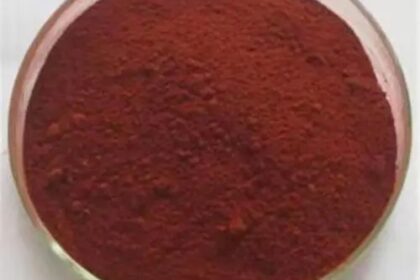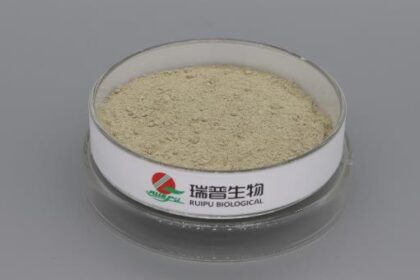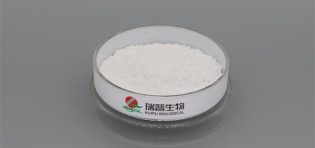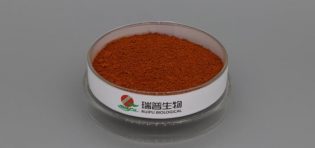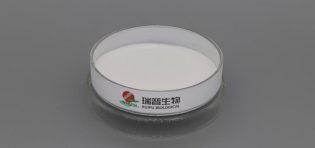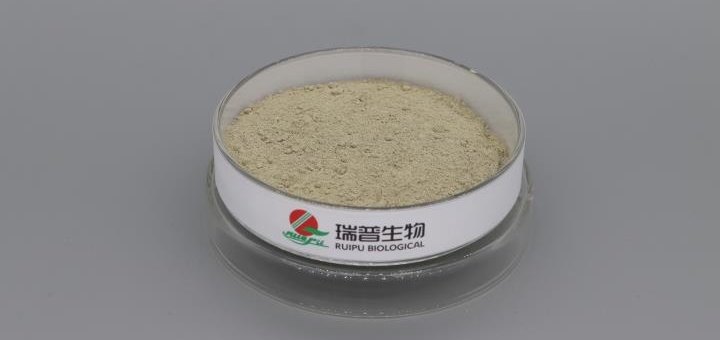
Ferrous gluconate is one of the commonly used oral iron supplements in clinical practice for treating iron deficiency anemia. Its application is based on the core role of iron in human hematopoiesis: as an essential component of hemoglobin, myoglobin, and various enzymes, iron deficiency can lead to insufficient red blood cell production and reduced hemoglobin synthesis, thereby causing anemic symptoms (such as fatigue, dizziness, and pale complexion). Ferrous gluconate improves anemia by replenishing iron stores in the body and promoting hemoglobin synthesis, and it has clear application value and characteristics in clinical settings.
I. Target Populations and Clinical Scenarios
Ferrous gluconate is suitable for the treatment and prevention of various types of iron deficiency anemia, including:
Anemia caused by chronic blood loss: Such as chronic gastrointestinal bleeding (e.g., gastric ulcers, intestinal polyps) and menorrhagia in women. In these cases, long-term iron loss exceeds intake, and iron supplementation is required to maintain iron balance.
Nutritional iron deficiency anemia: Common in populations with insufficient dietary iron intake (e.g., long-term vegetarians), malabsorption (e.g., gastrointestinal dysfunction, post-gastrectomy), or increased iron demand (e.g., pregnant and lactating women, children in the growth and development stage). Iron supplementation can meet the body’s additional iron needs.
Iron deficiency caused by other etiologies: For example, anemia in patients with chronic kidney disease due to insufficient erythropoietin synthesis or iron absorption disorders. Ferrous gluconate is often used in combination with erythropoietin therapy to improve iron utilization efficiency.
II. Mechanism of Action and Efficacy Characteristics
After entering the human body, ferrous gluconate releases ferrous ions (Fe²⁺) under the action of gastric acid and digestive enzymes in the gastrointestinal tract. These ions are absorbed by the mucosa of the duodenum and upper jejunum, enter the bloodstream, bind to transferrin, and are transported to tissues such as the bone marrow, where they participate in hemoglobin synthesis and the storage of ferritin and hemosiderin. Compared with other iron supplements, its clinical efficacy characteristics are mainly reflected in:
Moderate absorption rate: As an organic iron supplement, the gastrointestinal absorption rate of ferrous gluconate is slightly lower than that of inorganic iron supplements such as ferrous sulfate, but its bioavailability is stable. It can effectively increase serum ferritin levels and hemoglobin concentration. Usually, anemic symptoms can gradually improve (e.g., increased reticulocytes) 2–4 weeks after administration, and hemoglobin can return to the normal range after 2–3 months.
Targeted improvement of hematopoietic function: Continuous iron supplementation can correct the deficiency of raw materials for bone marrow hematopoiesis, increase the number of red blood cells and hemoglobin content, thereby alleviating anemia-related hypoxic symptoms (such as palpitations, shortness of breath, and decreased endurance).
III. Dosage and Adjustment
In clinical application, the dosage of ferrous gluconate needs to be individually adjusted according to the patient’s age, weight, severity of anemia, and iron deficiency:
Adult routine dosage: Generally, 0.3–0.6g each time, three times a day, taken after meals to reduce gastrointestinal irritation. After hemoglobin returns to normal, it should be continued for 2–3 months to replenish stored iron in the body and prevent recurrence.
Adjustments for special populations: The dosage for children is calculated by weight (3–6mg/kg elemental iron per day), divided into three doses. Pregnant women can appropriately increase the dosage according to serum iron levels, but excessive intake should be avoided. Elderly patients or those with liver and kidney dysfunction need to reduce the initial dosage and closely monitor iron metabolism indicators (such as serum iron and ferritin).
IV. Safety and Adverse Reaction Management
Ferrous gluconate has high safety, and adverse reactions are mainly related to gastrointestinal irritation, which are milder than those of inorganic iron supplements:
Common reactions: Including nausea, vomiting, upper abdominal discomfort, constipation, or diarrhea, which are caused by iron ions stimulating the gastrointestinal mucosa. These symptoms can be alleviated by taking the medication after meals, starting with a small dose and gradually increasing it, or taking it with vitamin C (which promotes iron absorption and reduces irritation).
Contraindications and precautions: It is contraindicated in patients allergic to iron supplements, those with hemochromatosis (iron overload), and those with severe liver and kidney dysfunction. During medication, the stool may appear black (due to iron metabolite), which is a normal phenomenon and needs to be distinguished from gastrointestinal bleeding. Avoid taking it with tea or coffee (tannic acid affects iron absorption), and also avoid taking antacids or tetracyclines within 2 hours (to prevent chelation reactions that reduce efficacy).
V. Advantages and Limitations in Clinical Application
Advantages: Compared with inorganic iron supplements such as ferrous sulfate, ferrous gluconate has better gastrointestinal tolerance and higher patient compliance, especially suitable for patients with gastrointestinal sensitivity or a history of peptic ulcers. Oral administration is convenient, without the need for intravenous injection, making it suitable for long-term home treatment.
Limitations: For severe iron deficiency anemia (e.g., hemoglobin < 60g/L), oral absorption disorders (e.g., short bowel syndrome), or patients who cannot tolerate oral iron supplements, combination with or switching to intravenous iron supplements (such as iron sucrose) may be required to quickly correct anemia.
Ferrous gluconate plays an important role in the clinical treatment of iron deficiency anemia due to its good tolerance and clear iron supplementation effect, especially suitable for long-term treatment and prevention in patients with mild to moderate anemia. However, its application requires reasonable dosage adjustment based on individual patient conditions, and attention to the monitoring and management of adverse reactions to maximize efficacy and ensure safety.

